Once a month our friends over at Playing by the Book have a themed book review and this months the theme was Human Rights. You can take a peak at The Universal Declaration of Human Rights, the plain language version, at this link. As soon as I heard this months topic I started thinking about books we have read and as the list grew I realised that we could write about this a lot more. So after introducing books that have helped us talk about Human Rights, we thought of a number of biographies suitable, particularly for us in Africa, for chapter book reading kids and teens to read. Because lets face it, there is nothing like a biography of someone who has been there and done that for us to develop an empathy and understanding for others.

We have found that the ultimate guide to Human Rights for children is A Life Like Mine: This Unicef book is a beautifully written and illustrated book that brings to light Human Rights around the world. It separates Human Rights into four main categories:
- Survival: Clean water, nourishing food, a safe home, access to health care.
- Development: Education and Play
- Protection: A Loving Carer, protection from work exploitation,enabling disabled children to participate fully, protection from involvement in war,
- Participation: The right to an identity, a nationality, a religion, freedom to express themselves and the right to reach their full potential.
Each topic is brought to the readers attention by introducing a child from around the world for example the right to water highlights how much water a household uses where the water is “on tap” vs the child that lives in a part of the world where collecting and carrying clean water is a main consumer of time and effort every single day. The children in the book are from all over the world, and the focus is on how a particular theme is being met or not met in that part of the world. The photography is of course beautiful. The tough topics, like children involved in war, are covered sensitively and authoritatively, there is no piffling around the topic. The authors have managed to separate out the difference between needs and wants… and have opened up some difficult topics for discussion – just by introducing us to real children from around the world. good as it is, the book is written by first world authors for first world children… and comes with the associated prejudices. We personally know children that carry buckets of water home every single day – they would consider more than one tap in a village to be wealth beyond all belief and a tap in every home a ridiculous luxury. This doesn’t make it a bad book, by any means… it is an excellent book and highly recommended… but you need to be aware when you read it, who it was written by and for.
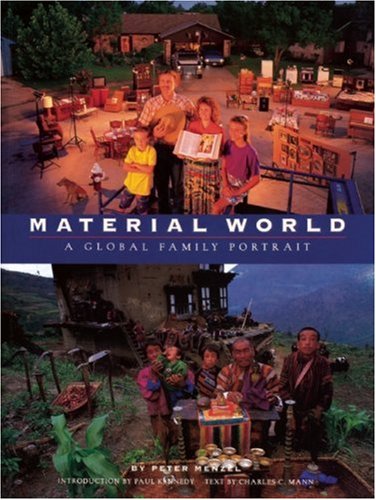
I think a large part of teaching Human Rights to children is to show them diversity of folk around the world, and how hard it is to show our children how “the other half lives” without actually going there. Well these books allow you a peep into the homes of people all over the world… Peter Menzel’s Series of books do not so much present an opinion but present life around the world. They are not written specifically for children at all, but they are beautiful coffee table books that will intrigue the entire family for months on end. The one book reveals all the material objects that a family owns… their belongings are brought out of their homes and photographed in from to of their homes. Some families have so much, one cannot believe they fit it into the space provided and other families have literally five items. It is a beautiful and poignant collection of photographs that you will be drawn to again and again. We love this book, it is not written with a “the rich” and “the poor” attitude at all… simply stating the facts – this is what “as close as possibly the authors could get to a statistically average family in each country” looks like… and who doesn’t want to see inside the houses and homes of other folk around the world. Much as this book claims to be all about material possessions it is actually a look into very real families around the world, we are introduced to the hopes and dreams and a world wide ocean of people suddenly becomes a very personal intrudction to real people and real families, you can’t help feeling that you know them.
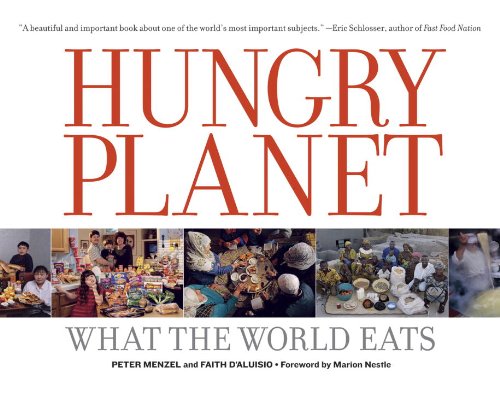
Another book, by Peter Menzel, is Hungry Planet, which in a similar way to the the way The Material World is written, only this time you are looking at the food that the average family eats in a week. It is eye opening… some families eat so much you cannot believe it and others eat so little one wonders how they survive. You are taken on a journey right around the world from a refugee family who are eeking out an existence to more wealthy families around the world. The interesting thing about these books is that the facts are there for the reader to interpret. Each family is asked the same questions and each family presents the same sort of information. There is no opinion on who is better off or worse off in these books but rather the reader is left to meet the families for who they are, and where they are. All my children have loved this book and it is well worth lingering over.

If you are talking about showing small children people how others live around the world then People by Peter Spier is the classic picture book of all time. Just a fabulous collection of illustrations demonstrating that their are different people all over the world, living in different houses, eating different food, wearing different clothes, speaking different languages… and so much more. It is fascinating lovely and an important book showing how different we all are and how different our needs are.

Moving on from diversity, we are living on a continent where human rights are violated daily… Our country faces a huge socio-economic divide, with two sides to every town. We live in a part of the world where we brush shoulders with really wealthy and really poor people every single day. You can not avoid hungry children at the stop light and you cannot help noticing the endless “high end vehicles” driving around on our roads. Much as human rights are touted as important we are still living in an age where an education is a luxury, a meal a day is a luxury and a safe place to sleep at night is unthinkable for millions of children in our land. It is heartbreaking to see first hand, children not reaching their potential. That being said I have found South Africans to be generally optimistic. As we head towards 18 July, and Madiba’s birthday, so many many projects are leaping for folk to get involved in. So from here on out we will take a look at books that illustrate Human Rights Issues in Africa…
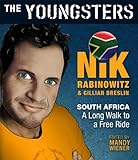

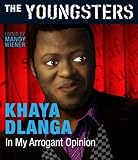
The Youngsters is a series of young adult books written by slightly older than young South Africans about “Where life is at” in the New South Africa, which isn’t that new, since we have been embracing “The New South Africa” for the past twenty years. So it is a series of books written by young people for young people. Folk who are used to communicating in social media, where 140 characters is “quite long enough.” These books take topics relevant to South Africans and particularly young South Africans, most of them born after the first free and fair election in our country. They are journalistic, opinionated and they resonate, and a great way for South Africans who do not know how the other half, whatever half that is, lives. They are short sharp reads, raising topics and ideas that I would talk about with my kids, but I don’t think my kids are old enough to read them themselves yet (there is a fair amount of bad-language and the topics are truthful and gritty). To be honest these books are not about Human Rights, but they are a commentary on life in South Africa and an important read if you really want to understand life in South Africa, they provide insight into the South African mind-set and their commentary on our politicians – past and present – do a lot to explain why Human Rights are a top topic in South Africa… everyone talks about them, there is just not enough actual action. Education for a mind-numbingly large number of children in our country is negligible, food and water are a daily battle for millions, housing is… well housing isn’t, the list continues… While these books contain mention of these topics they aren’t specifically about these topics. They are however a good way to bring you up to speed on the South African mind-set. That in itself should be enough for anyone concerned with the lack of Human Rights in our country. (I was given these books by Pan Macmillan South Africa to review).
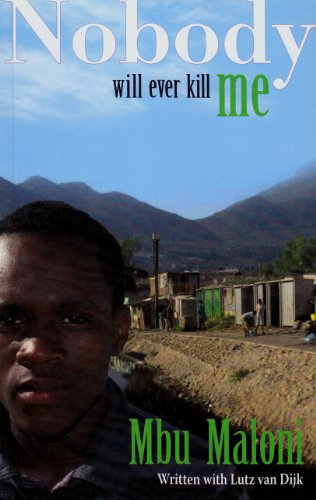
And on to a biography of a young man, who was raised in a township, a couple of kilometres down the road from our house… a place where my daughter joins the local school for violin lessons and we frequently donate clothes and toys at the clinic there. A place that is as much part of our life as the suburb adjacent to your suburb is, wherever you are in the world. This book is heartbreaking from the start. His earliest memory is crying, crying, crying, crying… in his very early years he was raised by his brother, his mother who was an alcoholic would have nothing to do with him. His brother was not much older than him and eventually went to school abandoning our author. He grew up between shacks in the filthiest, most miserable conditions… he tosses the romantic picture, that is fed to tourist tours, of life in a township right out of the window and you feel the pain of his very harsh reality. His mother sends him back to the town in the Eastern Cape where he was born to be taken care of by “his granny,” which is a euphemism for an old lady in the village who takes care of the children while their parents are in the city trying to earn a living. “Granny” knows that he has money with him, for a school uniform, and sets him up and accuses him of a horrible crime in order to get his money. He ends up in jail, with no trial, there is no way for him to have his case heard. Over a year later he manages to phone a social worker that he knows and that gets the ball rolling for his release and return to Cape Town. He does persevere and at the time of publishing this book he was preparing for his school leaving exams. This is a story of hope, I have no doubt that this young man will find his way in the world and it is just a matter of time before we hear from him again. This book is one that my teenage boys have read, the topic is challenging, and there is a lot to talk about regarding it… not least of all the responsibility that comes with privilege. And in this world my kids have a warm and loving home – they are privileged indeed.
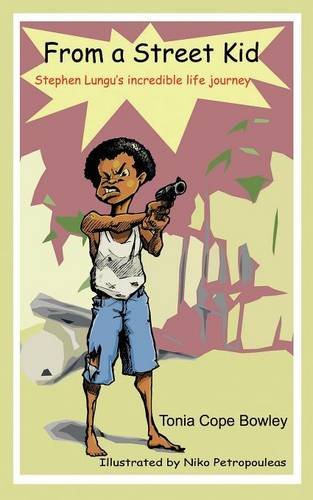
I have reviewed this book before, the life of Stephen Lungu is quite an incredible one, and while this is the story of a child, who at age five, was left homeless, hungry and desperate, with two younger siblings to take care of… by his very desperate mother. I think of my five year old and shudder. This is a must read teen book, all of us have been there… no matter where we are from, where we have felt desperate and lonely and rock bottom. Not everyone will join a violent gang because of these feelings but a life changing event turned Stephen Lungu’s life around dramatically. Literally from grovelling in garbage bins for his next meal to a missionary and world renowned speaker working for Africa Enterprise International. This is definitely a must read book for teens.
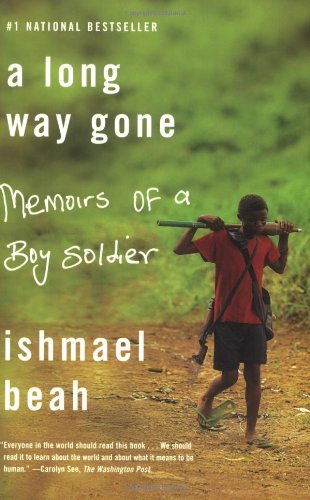
There are many stories about child soldiers in Africa, where it seems that the wars are never ceasing. What makes this book different is that the author is the soldier in the book. He writes his own story and you literally feel like you are walking in his footsteps beside him. A regular kids with a regular life became trapped in a vicious war when rebels invaded his village. Life was never the same again as his frantic wanderings drew him into a a life of drugs, mindless fighting and mass-killing. Hard to imagine that anyone should be able to break free of this life but he is given a chance and he takes it. Dark as the start of this book is, it is is one of those books that when you read it you will want everyone to have read it too. It is on my list of books for my high-schoolers to read.
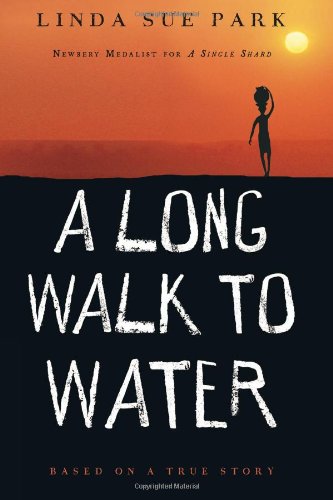
This book is set in Sudan and the tragedy of Africa is literally unleashed in it… it is sad and harrowing and a typical life for many children in Africa. It begins as two parallel stories: A young girl, Nya, who has a two hour walk to collect water and two hours home agin each day… and she does this journey twice a day – thats an eight hour walk each day. Then their is Salva, a lost refugee boy of Africa, whose village was attacked while he was in school one day. He is on a journey across Africa, searching for his family and running for his life… he heads for a temporary refugee camp in Ethiopia but he has to move on… he survives wild animals and crocodile infested rivers. This is a book of few and intense words. While the topic is a difficult one, it is not a difficult read and eventually the lives of Nya and Salva are interwoven… but not as you might expect. This book is suitable for younger readers and our ten year old and up have read this book and enjoyed it.
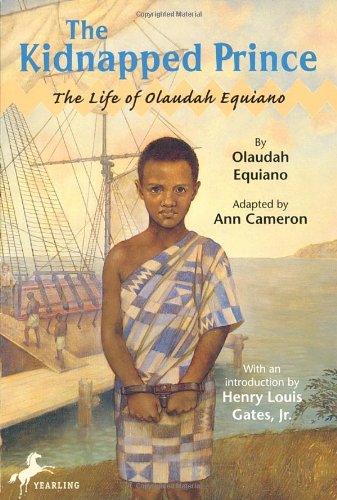
It wouldn’t be right to have a post about human rights and not write about slavery, particularly chip slavery. This book may be set in 1755 but it is just as relevant today as it was back then. It is the biography of a young boy age eleven… who was kidnapped and taken to the far side of the world for slavery. He never got over the pain of the separation from his family. His childhood was cut short by a mean and horrible existence, he was trapped in a vicious and cruel life. Ten years later he had saved enough to buy his freedom and he wrote his biography. His story was instrumental in the abolition of slavery. My boys age eight and ten have read this book together and were taken away by the story… it is a riveting read.
That’s us… Hope you are reading some fabulous books right now…
We would like to thank PanMacMillan South Africa for giving us The Youngsters books to review. We would like to declare that we were not paid to do these reviews, just provided with books. All the opinions are entirely our own!!!

Wow, you’ve risen to the challenge and then some! What a great, inspiring post, full of interesting books, and insightful comments on them. Hungry Planet and Material world are two books in particular I’d like to share with my own kids. Thanks, Se7en!
Hay Zoe, Glad you liked it… Thanks for the fabulous comment!!! Your kids will love those books. We have them on our lounge table pretty much all the time, for dipping and browsing… they are quite large coffee table books and so worth it!!! There is another one in the series called Women in the Material World. The team revisited the families and spoke to the women and you get quite different back stories to the ones that they answered in the other two books… really worth reading as well… but my post ran out of space!!! I realize it is lacking in picture books… I only have a one or two really great ones, but really I can only expect my readers to read so much and then get some air!!! Hope you have fabulous day!!!
What a great list! Needless to say, I’ve noted a few down. I realise that there is a definite gap on our shelves. Off to put it right. Thanks for the list and also the age recommendations.
Cheryl, It is a pleasure!!! I know I have to test the books out on various ages… and we have various ages to read them!!! Hope you find what you are looking for!!! And have a great weekend… nearly there!!!